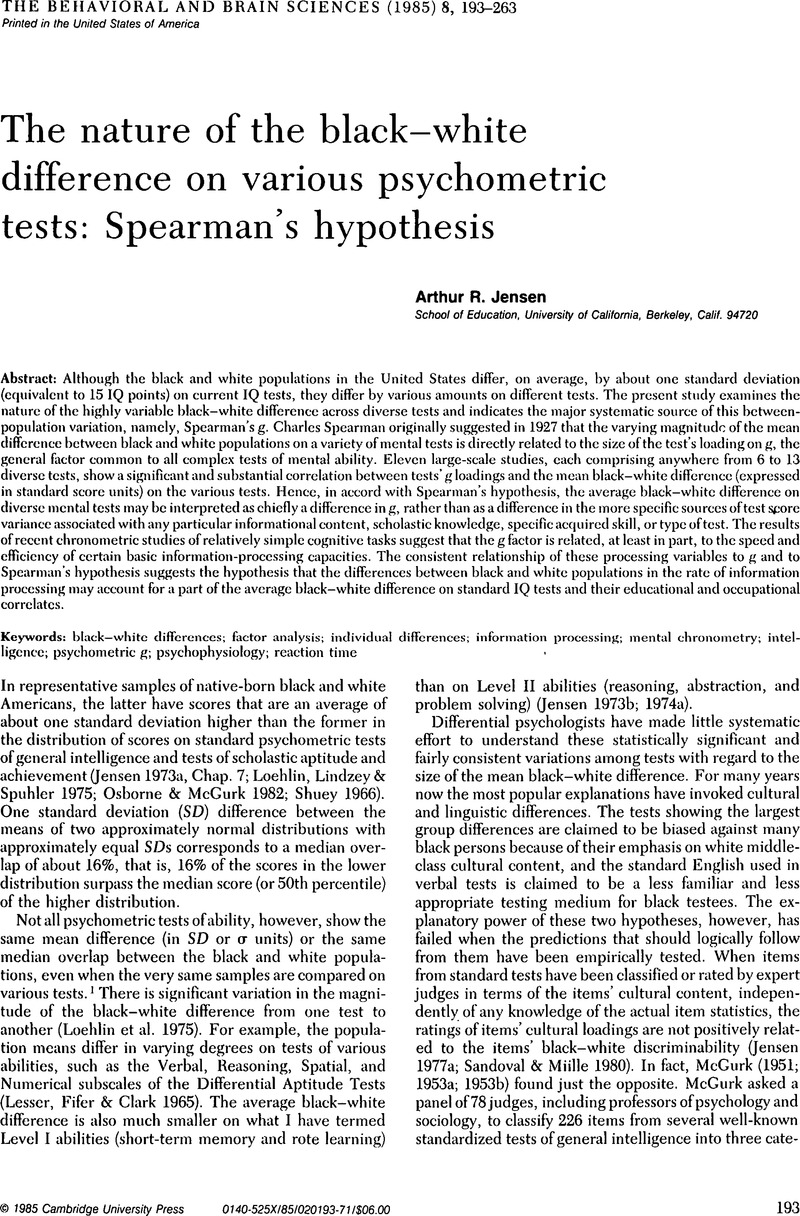Veroff, J.,
McClelland, L. &
Marquis, K. (
1971)
Measuring intelligence and achievement motivation in surveys. Final report to U.S. Dept. of HEW, OEO, contract no. OEO-4180. Survey Research Center, Institute for Social Research,
University of Michigan. [taARJ]
Google Scholar 